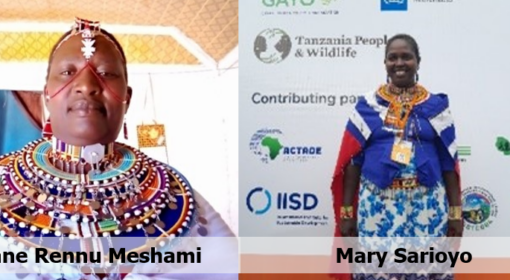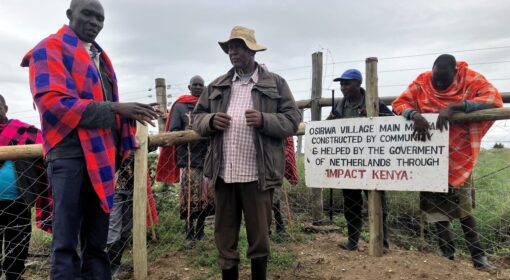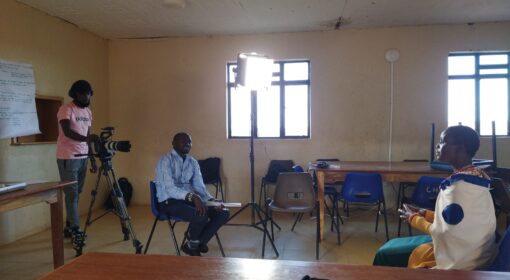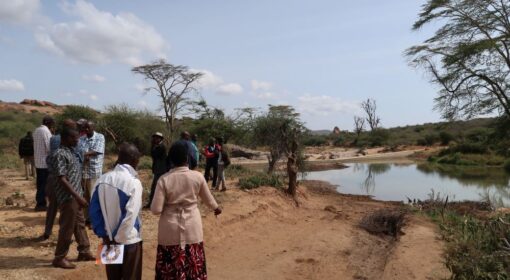By Laura van Santen, IMPACT NGO, supported by Nancy Kadenyi
This blog is part of a dossier on locally-led adaptation, featuring insights and lessons from the Reversing the Flow (RtF) program. RtF empowers communities in Bangladesh, Burkina Faso, Ethiopia, Kenya, and Sudan to build climate resilience through direct funding and a community-driven, landscape approach.
RtF is facilitated in Kenya by IMPACT through its RESTORE initiative, the program empowers communities like Tiamamut to lead, design and drive climate resilience solutions that meet their needs.
From diesel dependency to solar
The Tiamamut community has long relied on the Naipere-1 borehole for water. Built in 2000, it initially required manual pumping. In 2005, a diesel generator was installed, but it was unreliable and expensive to run. “When there was no money for diesel, we had no water,” recalls Peter Meshemi, the community chairman.
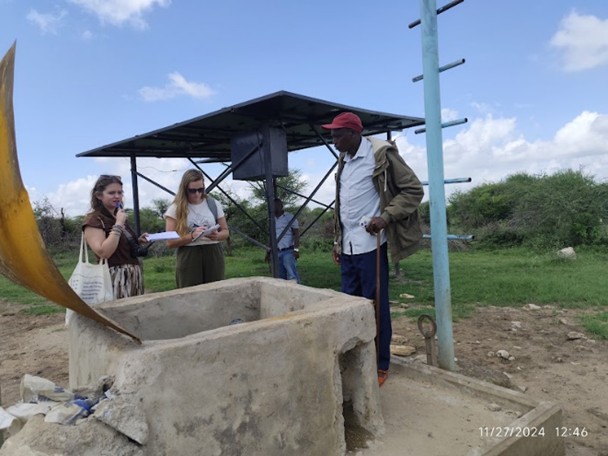
Inspired by a nearby World Vision Kenya project using solar-powered pumps, the Tiamamut community decided to act. With support from RESTORE, they proposed replacing the diesel generator with solar panels and extending water access across their area. In July 2024, the Tiamamut community jointly submitted a proposal for RESTORE funds and received 4 million KES directly into their account through RESTORE. Together they hired a contractor (selected through a transparent tendering process) and contributed labor for laying pipelines. The upgrades included:
- Solar panels powering the borehole pump.
- A 2.7 km pipeline delivering water to a local school and a 5,000-liter water tower.
- A water point for security rangers and improved livestock troughs with faster water flow.
Two community members were trained: one in solar panel maintenance and another in pipe repairs. A small monthly fee from users goes into a maintenance fund, ensuring the system remains sustainable.
Three months later, the changes are tangible. The solar pump reliably delivers water, saving women hours of daily walking with jerrycans and donkeys. Queues of thirsty livestock are gone. The community no longer spends on costly diesel, and funds are reinvested in local maintenance.
What makes RESTORE different?
“RESTORE gave us real ownership,” says Peter. Unlike traditional projects, where the funder ultimately plays a major role in what is created and the community is often barely informed, the community was now able to think along about what was really needed. The RESTORE approach also brought the community together; in the idea phase, the community was involved and the proposal was written together; in the tender phase, the decision for the contractor was made together; in the implementation phase, many community members participated; and in the usage phase, maintenance is carried out by community members.
This inclusive process also strengthened community unity and confidence. “We’ve learned that the community can do everything themselves,” Peter reflects. Knowledge gained is already being shared with neighboring communities.
